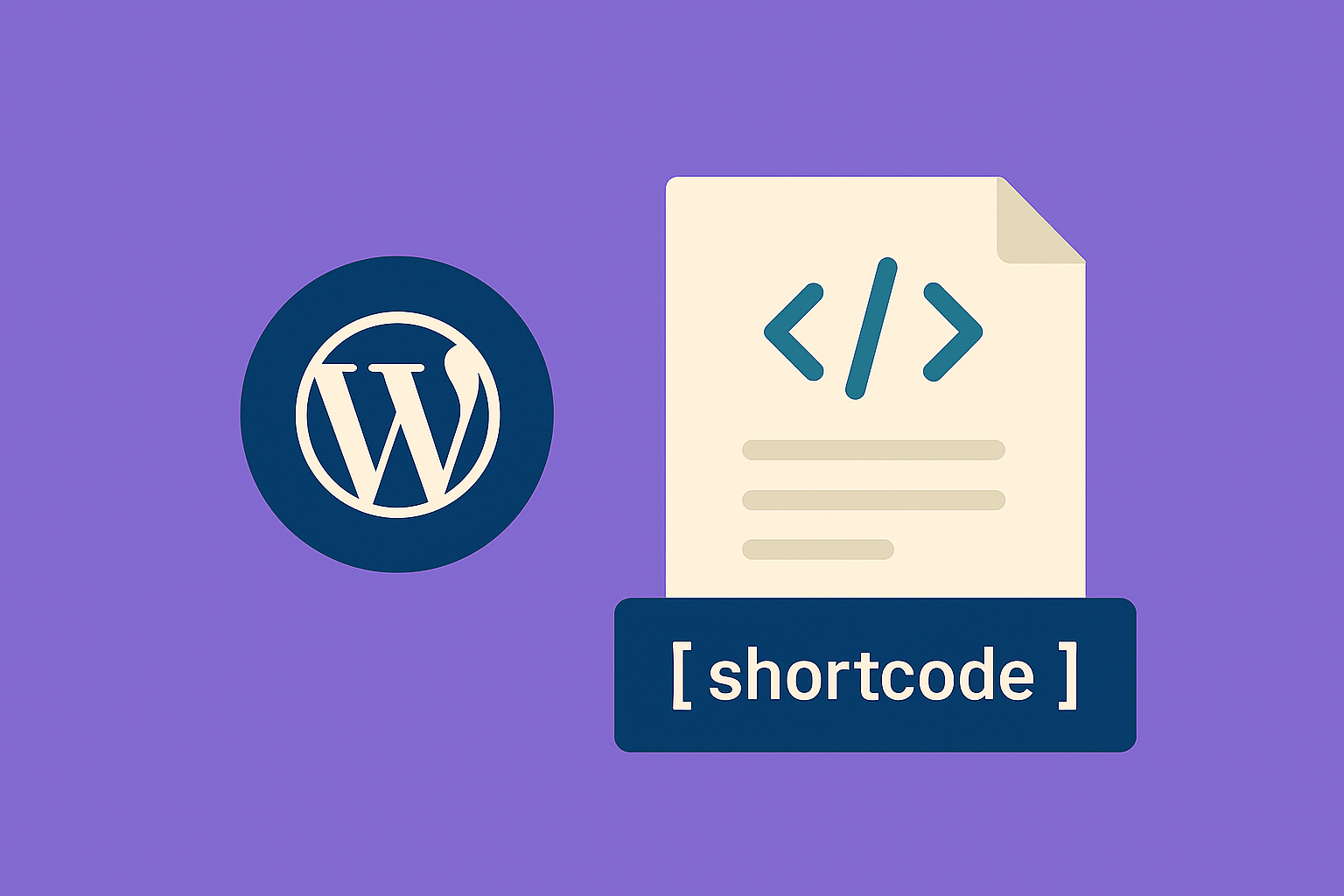Introduction
WordPress has long been the go-to CMS for traditional websites. But in recent years, headless WordPress—where WordPress is used purely as a content backend—has surged in popularity. In 2025, headless is no longer niche; it’s entering the mainstream.
What Is Headless WordPress?
In headless setups:
- WordPress handles content creation (admin, posts, media).
- The frontend is powered by frameworks like React, Vue, or Next.js.
- Content is delivered via REST API or GraphQL.
Why Developers Love It
- Performance: Jamstack frontends are blazing fast.
- Flexibility: Use any frontend technology.
- Scalability: Easily serve millions of requests.
- Security: Smaller attack surface than traditional WordPress.
Use Cases in 2025
- E-commerce: WooCommerce stores with React frontends.
- Publishing: Media sites needing fast APIs for mobile apps.
- Enterprises: Brands unifying multiple sites under one headless CMS.
Challenges
- More complex setup and hosting
- Requires JavaScript/React expertise
- Limited plugin compatibility (many plugins expect traditional themes)
Tools Making Headless Easier
- WPGraphQL for flexible queries
- Frontity / Next.js WP starters
- Headless hosting providers like WP Engine Atlas
Final Thoughts
Headless WordPress is not for every site, but in 2025 it’s clear: it’s the future for enterprises, media, and performance-driven projects. If you’re a developer, now’s the time to learn headless architectures.





















